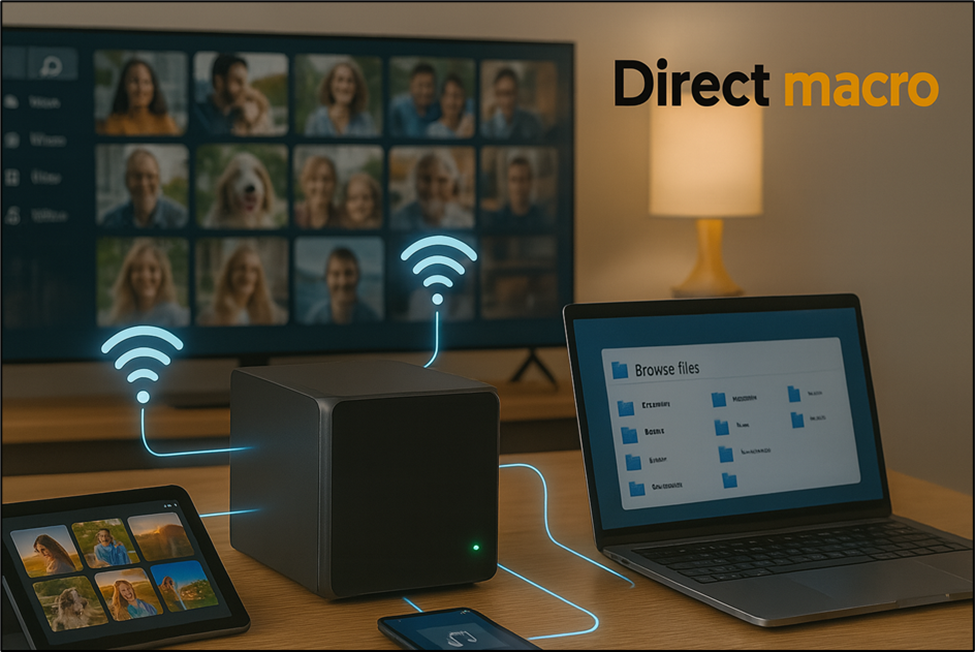How to Set Up and Configure a Home Network Router – A Detailed Guide 2024
A home network router is a device that connects all of your home’s devices to the internet. It acts as a central hub for your home’s internet connection and allows you to share files, stream content, and connect to other devices, such as smartphones and tablets. Setting up and configuring a home network router can seem daunting at first, but with the right steps and tools, it can be done quickly and easily. In this article, we’ll take a detailed look at how to set up and configure a home network router for your home.
The first step in setting up your home network router is to unbox the device and check its contents. You should have the router, an Ethernet cable, a power adapter, and an instruction manual. Before you start the setup process, make sure that you have all of the necessary equipment.
The next step is to connect your router to your modem. If your router has a built-in modem, you can skip this step. To connect the router to the modem, use the Ethernet cable that came with the router. Connect one end of the cable to the modem’s internet port and the other end to the router’s internet port. This will allow the router to receive the internet connection from the modem.
Once the router is connected to the modem, plug the router into an electrical outlet and turn it on. You should see a power light on the router, indicating that it is powered on.
Now, it’s time to configure your router. To do this, you’ll need to connect to the router’s web interface. The web interface is a web page that allows you to configure the router’s settings. To connect to the web interface, you’ll need to know the router’s IP address. The IP address is usually located on the bottom of the router or in the instruction manual. Once you have the IP address, open your web browser and type it into the address bar. This will take you to the login page for the router’s web interface.
Once you’re logged in, you’ll be prompted to set up your network’s name and password. This is also known as your SSID (Service Set Identifier) and the password. Make sure to choose a strong and unique password to protect your network from unauthorized access.
The next step is to configure your router’s wireless settings. This includes setting up the wireless network’s name and password, as well as choosing a wireless channel. The wireless channel is the frequency that your wireless network operates on. It’s important to choose a channel that is not being used by other networks in your area to avoid interference.
Once you’ve set up your wireless network, you’ll need to configure the router’s security settings. This includes setting up a firewall, which is a security feature that helps to protect your network from unauthorized access and cyber attacks. Most routers come with a built-in firewall, but you may also have the option to enable additional security features such as WPA2 encryption, MAC address filtering, and intrusion detection. It is important to enable these security features to keep your network and connected devices safe.
Another important aspect to consider when configuring your router is Quality of Service (QoS). QoS is a feature that allows you to prioritize different types of internet traffic, such as streaming or gaming. This ensures that your most important traffic gets priority over less important traffic, resulting in a better overall performance for your network.
You may also want to consider setting up Parental Controls on your router. This feature allows you to block certain websites, set time limits for internet access, and monitor your children’s online activity. This can be a useful tool for keeping your family safe online and avoiding unwanted content.
Once you’ve configured all of the basic settings, you should test your network to make sure that everything is working properly. You can do this by connecting a device to your network and trying to access the internet. You can also check the router’s status page to see if all of the lights are green and if there are any error messages.
Finally, you should consider updating your router’s firmware. Firmware is the software that runs on your router and is responsible for its basic functions. Updating the firmware can fix bugs and improve the overall performance of your router. You can update your router’s firmware by checking the manufacturer’s website or checking for updates through the router’s web interface.
Setting up and configuring a home network router can seem daunting at first, but with the right steps and tools, it can be done quickly and easily. By following the steps outlined in this article, you’ll be able to get your home network up and running in no time. It’s important to take the time to properly set up and configure your router, to ensure that your network is secure and running at its best.
you might also like
Do you need advice on buying or selling hardware? Fill out the form and we will return.

Sales & Support
(855) 483-7810
We respond within 48 hours on all weekdays
Opening hours
Monday to thursday: 08.30-16.30
Friday: 08.30-15.30








